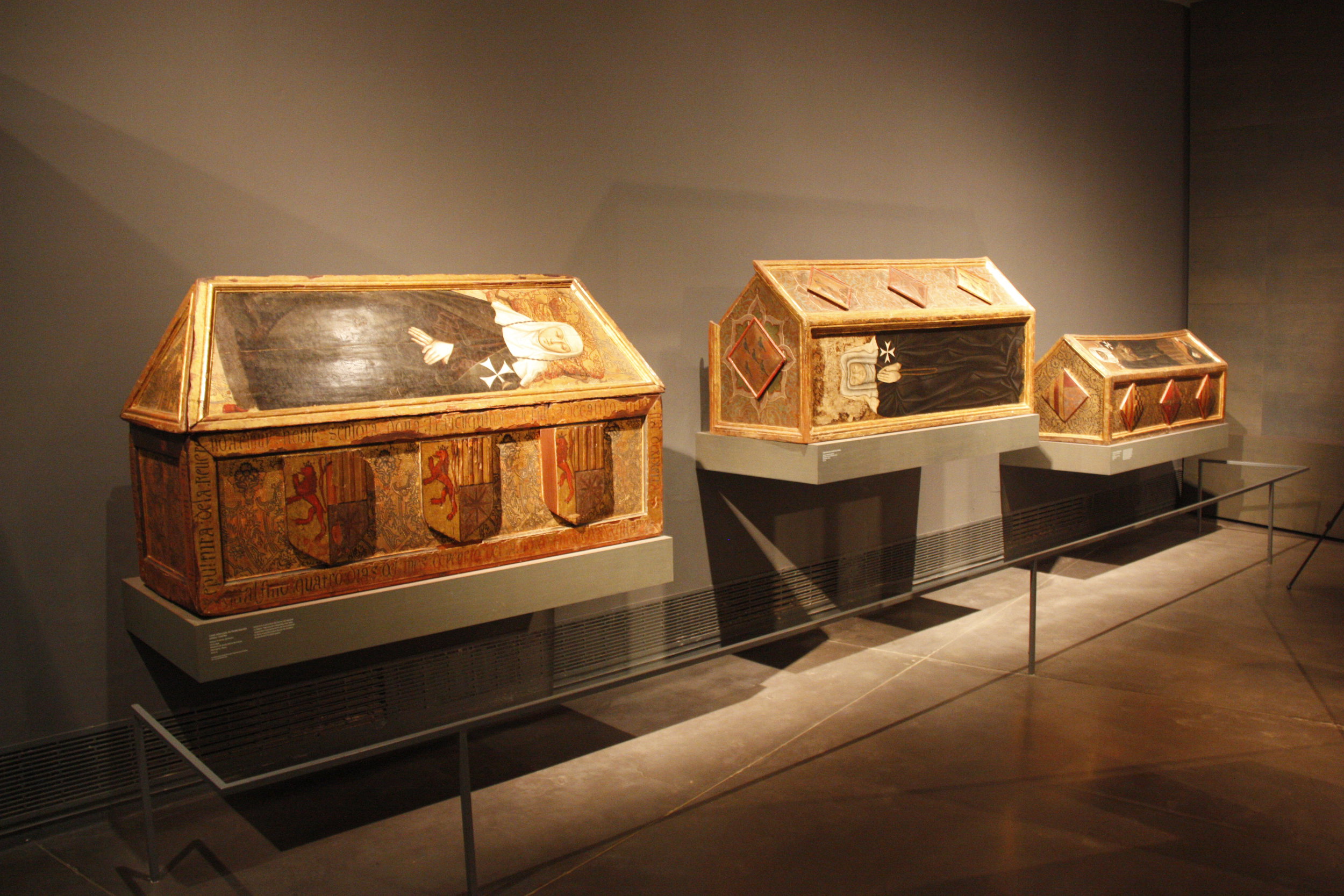Future of Sixena medieval frescoes unclear
Aragon is calling, with a judicial order, for the return of 44 artworks by July 31, Catalan authorities argue law prevents their removal and demands more time

Tension between Aragon and Catalonia, who is to return 44 medieval frescos artworks to Aragon by the end of this month. On July 25 last year, the deadline laid down by a Huesca court for the return by Catalonia to Aragon of 97 works of art taken from the Santa Maria de Sixena monastery during and after the end of the Spanish Civil War ran out. In the end, the judicial order demanding the return of the artworks was fulfilled only in part, and a day late. On July 26 2016, the Catalan government returned the items kept at Catalonia’s National Art Museum (MNAC), but refused to return the other 44 pieces kept at the Museum of Lleida, a city in the interior of Catalona.
The controversy over the 12th century frescoes and other medieval artworks, which have become a point of contention between Aragon and Catalonia, goes on. The Romanesque murals and works of art were removed from the monastery decades ago during the war and the Franco era that followed— in disputed circumstances — and left with museums in neighboring Catalonia. In January of this year, the Sixena monastery, newly renovated for the purpose, opened an exhibition of the 53 artworks returned from MNAC.
On June 29, the same Huesca court that originally ruled the pieces should be returned, repeated its demand, setting a new deadline of July 31. Lluís Puig became the new Catalan Minister of Culture on July 5, and asked for more time. Aragon refused and has campaigned for the legal authorities and police to intervene and seize the 44 artworks remaining in Lleida. In fact, in the past week, the museum in Lleida has received two surprise visits from the Plataforma Sixena Sí and from Aragonese MPs. The latter asked to appear before the Catalan parliament to denounce the failure to comply with the judicial order.
Tuesday July 25 is the deadline set by the Huesca court for the Catalan executive to present its plans on how it intends to return the 44 remaining works of art in Lleida, with the pieces legally required to be back in the Sixena monastery by the end of the month. Yet, the Catalan executive does not seem prepared to meet any deadlines, insisting that the artworks are part of a collection protected by Catalan law and currently subject to more than one ongoing lawsuit, one of which is before the Aragon high court.
Perhaps the most controversial aspect of the issue in recent months has been the continuous public and legal calls for the police to intervene and remove the 44 contested artworks from the Lleida museum. Both the Vilanova de Sixena town council and the Aragon government have repeatedly urged the Huesca judge overseeing the case to order police to seize the pieces. However, for the moment at least, the 44 works of art remain in Lleida.
“Hardline” strategy
Talking to the Catalan Nwes Agency (ACN) on a visit to Lleida, Huesca historian, Juan José Nieto, said he was in favor of a "hardline" approach. According to Nieto, Catalonia did not hesitate in adopting a “hardline” strategy when it came to the return of the Salamanca papers, in a similar case in which documents were confiscated from Catalonia and transported to Salamanca after the Civil War: "We do not understand why the same cannot be done, because when you do not obey a court, the police are sent in. We do not understand why an executive should not have to do the same as a private individual,” he said.
Responding to these words, the head of the Lleida museum, Josep Giralt, told ACN that the cases were different, because the museum is a public and not a private institution. "They are not comparable," he said, arguing that sending court police to his museum would be disproportionate, and he insisted that he was “calm” in “awaiting the ruling of the high court.”
As the conflict between the two regions has grown, the past few months has seen civil society also become involved. In Lleida, an association of cultural organizations was set up, which has carried out different events to call on politicians to stay firm in protecting the museum’s collection. Meanwhile in Aragon, the Plataforma Sixena Sí organized a demonstration and visited the museum in Lleida to protest the issue.
With suggestions that the controversy has also been fueled by Catalonia’s ambitions to break away from Spain, the issue of the Sixena artworks has also taken on a political dimension. How things will eventually play out is anyone’s guess, but whatever happens the issue is unlikely to be resolved before the July 31 judicial deadline.